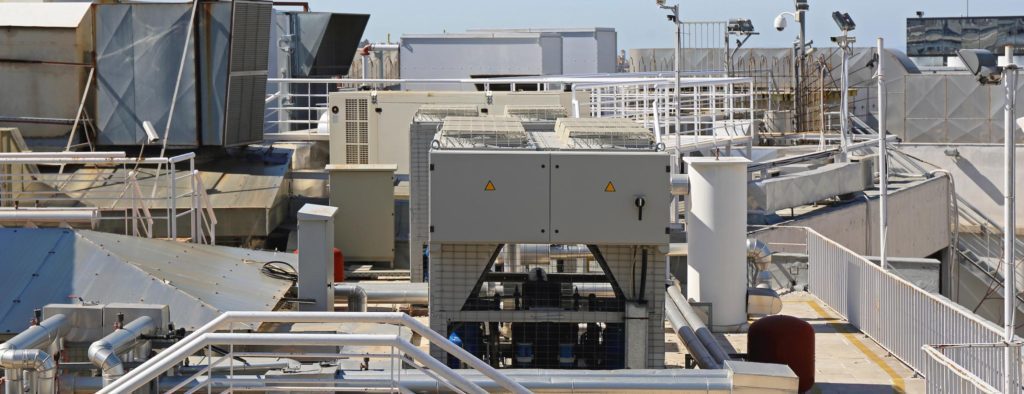The low-pressure drop is what equates to the amount of electricity it takes to push the air through the filter. The more electricity or power it takes to push the air through the filter, the higher the pressure drop. Energy is very important in regards to filters because the lower the pressure drop, the less amount of power it’s going to take to push the air through the filter. EFS conducts as much research and development as possible in order to get the pressure drop of high efficiency air filters as low as possible while still being able to effectively filter the air.
When selecting low pressure drop air filters as an upgrade to the HVAC system, decision makers should evaluate total system costs. In addition, a life cycle cost analysis should be conducted, which takes into account initial product cost, operating cost (energy consumption), installation cost (labor), and product replacement cost. Higher efficiency filters, while typically more expensive than commonly used low-med efficiency products, are found in most HVAC systems today.
Most HVAC systems are equipped with filters designed to keep equipment components—such as coils, compressors, fans, and ductwork—clean in addition to creating a cleaner air environment. Higher efficiency air filters typically run at a higher airflow pressure drop than lower efficiency filters . Today, however, technology is emerging to increase filtration efficiency while reducing energy consumption. Although higher efficiency filters have higher initial costs, their benefits offset those costs, and pay for themselves within a year or less. Delivering cleaner air throughout the building has the additional benefit of keeping HVAC system components operating at peak energy efficiency, saving still more in energy and maintenance expenses.

